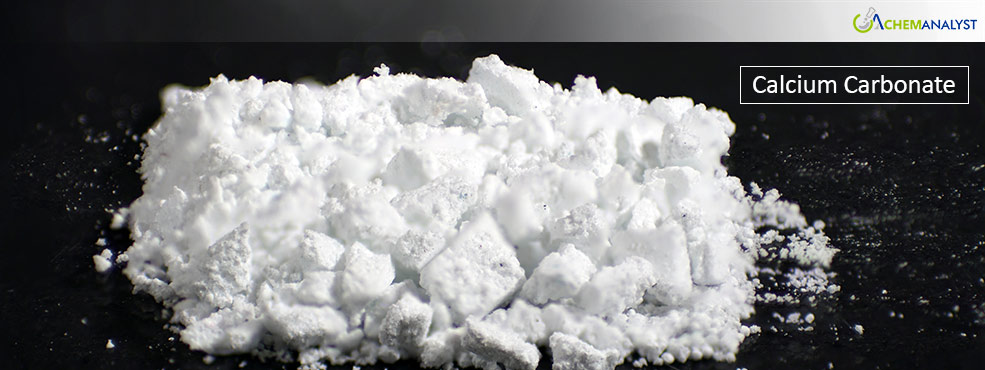From Ports to Prices: How Supply Chain Issues are Driving Calcium Carbonate Market
- 17-Mar-2025 10:30 PM
- Journalist: Benjamin Franklin
Calcium Carbonate prices increased in Germany and the Netherlands in early March because of strong demand and supply chain issues. Major industries like construction, plastics, and paper continued to need the mineral, but delays at key ports made supply tight. Prices remained under pressure with higher transportation costs and slow shipments.
Demand for Calcium Carbonate stayed strong in the plastics, construction, and paper industries in Germany. However, prices went up because of congestion at Hamburg and Bremerhaven ports. Yard utilization at Hamburg reached 75%, causing delays in unloading shipments. Strikes affecting pilot services made things worse by slowing vessel movement. Rising transport and energy costs also made production more expensive. Steady demand kept Calcium Carbonate prices high albeit Germany’s economy faced challenges.
Supply chain disruptions in Germany made the situation more difficult. Hamburg’s terminals were congested, and pilot service delays slowed imports. Frequent train cancellations also made it harder to transport goods inland. Price pushed up further due to high energy freight costs. Despite economic uncertainty, industries like plastics, construction, and paper kept buying Calcium Carbonate. It was used by plastic makers as filler and stabilizer, and in construction activity, however weak, increased marginally. The paper industry also continued steady procurement. Since there was no quick solution to these problems, prices remained high in early March.
In the Netherlands, Calcium Carbonate prices also rose by 2.3% in early March. This was mainly due to high industrial demand and worsening port congestion at Rotterdam’s ECT and RWG terminals. Strikes and labor shortages caused shipment delays. Some shipments were delayed for 12-48 hours. Restrictions on returning empty containers and slow barge operations made the situation worse, limiting the supply of Calcium Carbonate.
The Netherlands’ logistical issues caused problems. Shipments had difficulty moving efficiently due to slower cargo handling caused by a lack of workers at the port. The addition of restrictions on container returns put further strain on the supply chain. Rising transport and processing costs pushed Calcium Carbonate prices up, making it harder for buyers to get stable prices. Buyers struggled to maintain stable prices because of rising transport and processing costs. If these port issues persist, prices are likely to remain high.
In the Netherlands, industrial demand remained stable, notably for construction, paper, plastics, and pharmaceuticals. Slowly recovering manufacturing led to steady procurement. The demand for high-purity Calcium Carbonate in the production of drugs increased as the pharmaceutical industry expanded. Government spending on infrastructure and semiconductor plants also helped boost demand, ensuring market stability.
As per ChemAnalyst Database the calcium carbonate prices will remain steady until the middle of March. Despite ongoing supply chain disruptions, demand from important industries is stable. In Germany, the construction sector remains weak, but logistical issues may keep prices high. In the Netherlands, shortages of containers and port traffic are likely to keep prices high. Calcium carbonate prices might rise slightly before stabilizing later in March if these problems persist.



